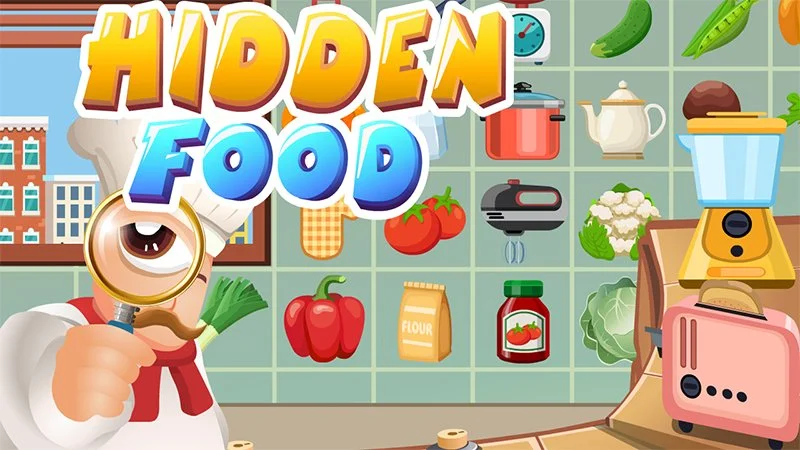-
 PLAY NOW!
PLAY NOW!
Bestie Breakup - Run for Love is a fun running game. When it's a green complete love heart card on your head, it ...
6 -
 PLAY NOW!
PLAY NOW!
Going Balls Run is an arcade ball game. Control the ball to roll fast, boost speed, keep your balance, and don't ...
9 -
 PLAY NOW!
PLAY NOW!
Tasty Blue is an adventure survival game. As a little goldfish, you have to eat fish food. Only in this way can ...
4 -
 PLAY NOW!
PLAY NOW!
Level Up Running is a running arcade game. You can collect boxing gloves and fight weak boxers on the platform to ...
8 -
 PLAY NOW!
PLAY NOW!
Dinosaur Runner 3D is to gather more dinosaurs to make a dinosaur army and defeat your enemies. Collect the ...
7 -
 PLAY NOW!
PLAY NOW!
Fishing Master is a relaxing simulation game. After choosing the target fish, you can start clicking the water ...
9
-
 PLAY NOW!
PLAY NOW!
Mahjong Solitaire game with 2 sides. Pair up all tiles with the same front image. After a tile has been paired, it ...
8 -
 PLAY NOW!
PLAY NOW!
Play the board game The Royal Game of Ur. Throw the dice and race to the end and be the first to get all your ...
9 -
 PLAY NOW!
PLAY NOW!
Play Mahjong in Spring, Summer, Autumn and Winter. Remove all tiles by selecting free tiles in pairs of the same.
8
-
 PLAY NOW!
PLAY NOW!
Beauty Salon Girl Hairstyles is a simulation hair game. The game has 6 characters which are three kids and three ...
4 -
 PLAY NOW!
PLAY NOW!
Anime Dress Up - Doll Dress Up is a free online game. You will compete with another fashionista. There are many ...
4 -
 PLAY NOW!
PLAY NOW!
House Clean Up 3D is a simulation cleaning game. It has 9 scenes for you to clean, which are a fence, sculpture, ...
7 -
 PLAY NOW!
PLAY NOW!
Makeup Teen Spa Salon is a simulation game. Boys and girls who love beauty, this is a game about body care. This ...
7 -
 PLAY NOW!
PLAY NOW!
Pencil Girl Dress Up is a very fresh style game. The characters are as if they were drawn with pencils, with ...
3 -
 PLAY NOW!
PLAY NOW!
Little Princess Braid Hairs is a casual girl game. You can help the princess wash, condition, and dye her hair and ...
6
-
 PLAY NOW!
PLAY NOW!
Race in busy traffic and collect bonusses. Use the arrow keys or the arrows to steer your car.
5 -
 PLAY NOW!
PLAY NOW!
Heavy Excavator Simulator is a typical JCB-driving simulation game with 3D excavators. You can experience an ...
7 -
 PLAY NOW!
PLAY NOW!
Animal Transporter Truck is a simulation game. It allows you to transport animals as a truck driver. Your mission ...
7 -
 PLAY NOW!
PLAY NOW!
Moto Bike: Offroad Racing is a typical motorcycle-racing balanced game. On side-scrolling platform tracks, you ...
3 -
 PLAY NOW!
PLAY NOW!
Desert Riders: Car Battle is a battle arcade game. Your car is equipped with a mechanic arm, a machine gun, and a ...
7 -
 PLAY NOW!
PLAY NOW!
Mega Ramp Car Stunts is a hard-core stunt car-driving simulation game. With 3D obstacles on the track, you have a ...
7
-
 PLAY NOW!
PLAY NOW!
Find all the letters hidden in the Flower Garden. Click/tap on a letter when you found a letter. Find the complete ...
8 -
 PLAY NOW!
PLAY NOW!
Everday new letter logic puzzles in Dutch. Fill in the given words on the grid using letters already given as ...
3 -
 PLAY NOW!
PLAY NOW!
Everday new letter logic puzzles in German. Fill in the given words on the grid using letters already given as ...
3
-
 PLAY NOW!
PLAY NOW!
Find all the hidden objects in Berlin. Click on the objects. You can zoom in. Use the light bulb for a hint.
12 -
 PLAY NOW!
PLAY NOW!
Collect all potions in this Match 3 game. Swap 2 bubbles to match 3 or more in a row. Collect potions by moving ...
11 -
 PLAY NOW!
PLAY NOW!
Stop the pointer at the correct color. Click to stop. The pointer indicated the color where you need to stop.
9 -
 PLAY NOW!
PLAY NOW!
Find all the hidden spots on the Jewelry images. Click on the image where you have spotted a hidden spot.
5
-
 PLAY NOW!
PLAY NOW!
Flow Free Hex puzzles in different sizes. Connect the same colored hexes with a flow. Pair all and use all cells ...
5 -
 PLAY NOW!
PLAY NOW!
Push and remove balls in this puzzle games. Click on the arrows to shoot a ball on the grid, a group of 4 or more ...
6 -
 PLAY NOW!
PLAY NOW!
Everyday 8 different Traffic Jam Puzzles. Your goal is to slide the police car through the exit by moving other ...
9 -
 PLAY NOW!
PLAY NOW!
Grow and connect Flowers and reach the goal. 3 connect flowers will grow. Drag to move flowers from the well. ...
9
-
 PLAY NOW!
PLAY NOW!
Shoot the soldiers in the Jungle. Click/tap to zoom in, move to aim and release to shoot.
7
-
 PLAY NOW!
PLAY NOW!
Remove all cards from the Tower. You can remove cards from it when the card is 1 higher or lower in value than the ...
9 -
 PLAY NOW!
PLAY NOW!
Ski Slalom winter game. Move left and right to turn and ski between the 2 gates everytime. Turning decreases your ...
6 -
 PLAY NOW!
PLAY NOW!
Tripeaks Solitaire game for Easter. Try to remove all cards by selecting cards that are 1 higher or lower in value ...
5 -
 PLAY NOW!
PLAY NOW!
Single player Pool Billiards game. Pocket all the balls and the 8 ball as last ball. If you pocket the balls from ...
7 -
 PLAY NOW!
PLAY NOW!
Tripeaks Solitaire game on the farm. Remove all cards by selecting cards that are 1 higher or lower in value than ...
4
-
 PLAY NOW!
PLAY NOW!
Run your flower shop and sell your flowers. Click on customers, deliver orders and order new jewels in time.
7 -
 PLAY NOW!
PLAY NOW!
A Pyramid Solitaire game in the Circus. Combine 2 free cards to a total value of 13. Value of the cards is the ...
6 -
 PLAY NOW!
PLAY NOW!
A Pyramid Solitaire game with Aliens. Combine 2 free cards to a total value of 13. Value of the cards is the face ...
6 -
 PLAY NOW!
PLAY NOW!
Combine cards (or coins) to a total value of 11 to remove the cards (or coins) and built a Ice Pyramid. Click on 2 ...
5 -
 PLAY NOW!
PLAY NOW!
A Pyramid Solitaire game for Valentine. Combine 2 free cards to a total value of 13. Value of the cards is the ...
5


























